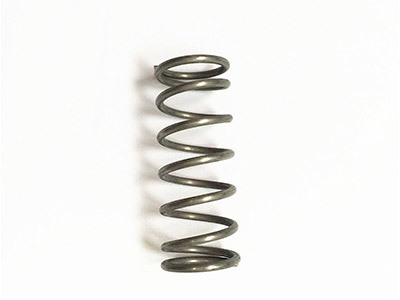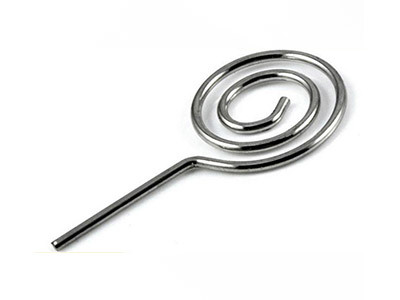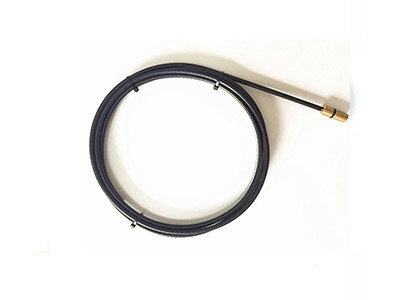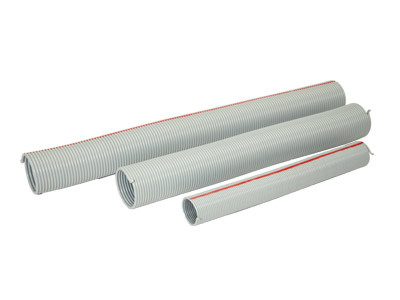Understanding Classy Compression Springs: Essential Insights for Professionals
Release Time:
2025-04-16
--- Classy compression springs are a critical component in various mechanical applications, providing versatile solutions for energy storage and force management. Their unique design and functionality make them indispensable in diverse industries, including automotive, aerospace, and machinery manufacturing. Understanding the characteristics and benefits of classy compression springs is essential

---
Classy compression springs are a critical component in various mechanical applications, providing versatile solutions for energy storage and force management. Their unique design and functionality make them indispensable in diverse industries, including automotive, aerospace, and machinery manufacturing. Understanding the characteristics and benefits of classy compression springs is essential for professionals seeking to optimize their mechanical systems.
At their core, classy compression springs are made from high-quality materials that exhibit excellent resilience and durability. The design typically features a helical shape, allowing the spring to compress and expand under load. This characteristic enables them to absorb shock, maintain tension, and provide consistent force, making them ideal for applications ranging from simple mechanisms to complex machinery.
One of the most significant advantages of classy compression springs is their ability to be customized according to specific requirements. Engineers can adjust parameters such as wire diameter, spring diameter, and number of coils to meet the unique demands of a project. This degree of customization ensures that the springs can perform optimally, enhancing the overall efficiency and reliability of the machinery they are part of.
In addition, classy compression springs are often designed with aesthetics in mind, making them suitable for applications where appearance matters. While their primary function is mechanical, many industries appreciate a visually appealing spring that complements the design of the equipment. This focus on aesthetics, coupled with superior performance, sets classy compression springs apart from standard options.
Moreover, the manufacturing process of classy compression springs involves precision techniques that ensure quality and consistency. Advanced technologies such as CNC machining and automated winding processes contribute to the production of high-performance springs that meet stringent quality standards. These processes not only enhance the spring's functionality but also its longevity, reducing the need for frequent replacements and maintenance.
Professionals in the manufacturing and engineering sectors can benefit significantly from understanding the role of classy compression springs. By incorporating these high-quality components into their designs, they can improve the overall performance of their products while maintaining cost-effectiveness and reliability.
In conclusion, classy compression springs offer a blend of performance, aesthetics, and customization that is essential for modern manufacturing. By leveraging their unique properties, engineers can create innovative solutions that meet the demands of today's competitive landscape. Understanding their capabilities and applications will empower professionals to make informed decisions, ultimately leading to more efficient and effective machinery designs.
Classy compression springs are a critical component in various mechanical applications, providing versatile solutions for energy storage and force management. Their unique design and functionality make them indispensable in diverse industries, including automotive, aerospace, and machinery manufacturing. Understanding the characteristics and benefits of classy compression springs is essential for professionals seeking to optimize their mechanical systems.
At their core, classy compression springs are made from high-quality materials that exhibit excellent resilience and durability. The design typically features a helical shape, allowing the spring to compress and expand under load. This characteristic enables them to absorb shock, maintain tension, and provide consistent force, making them ideal for applications ranging from simple mechanisms to complex machinery.
One of the most significant advantages of classy compression springs is their ability to be customized according to specific requirements. Engineers can adjust parameters such as wire diameter, spring diameter, and number of coils to meet the unique demands of a project. This degree of customization ensures that the springs can perform optimally, enhancing the overall efficiency and reliability of the machinery they are part of.
In addition, classy compression springs are often designed with aesthetics in mind, making them suitable for applications where appearance matters. While their primary function is mechanical, many industries appreciate a visually appealing spring that complements the design of the equipment. This focus on aesthetics, coupled with superior performance, sets classy compression springs apart from standard options.
Moreover, the manufacturing process of classy compression springs involves precision techniques that ensure quality and consistency. Advanced technologies such as CNC machining and automated winding processes contribute to the production of high-performance springs that meet stringent quality standards. These processes not only enhance the spring's functionality but also its longevity, reducing the need for frequent replacements and maintenance.
Professionals in the manufacturing and engineering sectors can benefit significantly from understanding the role of classy compression springs. By incorporating these high-quality components into their designs, they can improve the overall performance of their products while maintaining cost-effectiveness and reliability.
In conclusion, classy compression springs offer a blend of performance, aesthetics, and customization that is essential for modern manufacturing. By leveraging their unique properties, engineers can create innovative solutions that meet the demands of today's competitive landscape. Understanding their capabilities and applications will empower professionals to make informed decisions, ultimately leading to more efficient and effective machinery designs.
Related News







